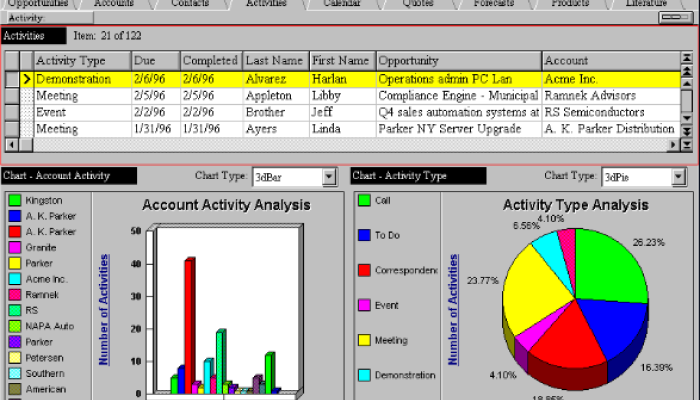
Image: The Trustees of the Boston Public Library/Leslie Jones Collection
If you were told there was a famous historical figure who had each of the following jobs in their lifetime, who would you think it was?
- Waiter
- Nurse
- Organ donor
- Translator
- Macaroni company owner
- Airline agent
Oh, and he defrauded people to the tune of $20 million dollars as well. Yup, Charles Ponzi had quite a few jobs before he settled on “professional scammer.” And though he did manage to slip through the fingers of law enforcement for many years, he wasn’t always so clever. In fact, at first, he failed — a lot.
It would be an inspiring story if he had actually led an honest life. Arriving in Boston from Italy with just $2.85 in his pocket in 1903, Ponzi failed multiple times to turn his business schemes into successes, including an advertising company and his own wife’s family fruit company.
It was actually in Montreal that Ponzi first encountered the scheme that would one day bear his name. He became a teller at Banco Zarossi, founded by Luigi Zarossi, who was “robbing Peter to pay Paul” by paying off bank investors with the money from newly opened accounts. And at 6% interest per deposit, double the going rate at the time, there were plenty of willing clients. However, since it was operating at a loss, the bank eventually failed, and Zarossi zipped off to Mexico with most of his investors’ money. Left behind, the penniless Ponzi took note.
It wasn’t until 1919 that Ponzi found a way to create a similar scheme back in Boston. While selling business ideas to contacts in Europe, he encountered the International Reply Coupon, or IRC. Also known as postal reply coupons, these allowed mail senders to pay for their correspondent’s reply with a coupon that could be redeemed for postage in the country of the receiver. The coupons were priced at the postage rate in the country of purchase but could be redeemed at a profit if the postage in the receiving country was more expensive. This was a form of arbitrage, or purchasing a commodity in one market and then immediately selling it in a market where the price is higher. But Ponzi needed starter money to purchase the coupons, so he set up a stock company and asked a few friends to invest, promising to double their investment in 90 days. His friends agreed, and he paid them as promised with the money from newer investors. The Ponzi scheme had begun.
Ponzi set up the Securities Exchange Company to promote his scheme in January of 1920. Six months later, he had garnered $2.5 million in investments, equivalent to about $37 million today. He got everyone to invest, from poor paperboys to Boston’s elite. And as long as new people kept investing, he could keep paying off his older investors. Which was good, because it was actually logistically impossible to legitimately profit from the postal reply coupon model, which would have required about 53,000 of them just to pay back the original 18 investors in the company.
It took an obnoxiously long time for anyone to really investigate Ponzi’s activities. He disarmed everyone from state officials to reporters with his charm and ability to pay off any investors who wanted to withdraw. But a series of articles in the Boston Post questioning the validity of Ponzi’s scheme were the beginning of the end. Soon, investigative journalists, the U.S. Attorney for the District of Massachusetts, and the Massachusetts Bank Commissioner were on his tail in an attempt to uncover how financially solvent he really was. An audit revealed that he was about $7 million dollars in debt. Ponzi surrendered himself to the authorities, but only pled guilty to one of 86 counts of mail fraud. He was sentenced to a light five years in prison.
You would think the story ends there, but no. After only three and a half years, Ponzi was released, but was immediately indicted on an additional 22 larceny charges. While being charged on the first 10 counts, he acted as his own attorney and convinced the jury to acquit him. The second trial for 5 counts of larceny was deadlocked, and he wasn’t found guilty until the third trial, where he was sentenced to an additional seven to nine years in prison.
However, Ponzi escaped on bail and started yet another company called Charpon (an amalgamation of his own name) that scammed people by selling them swampland in Florida with promises of 200% returns. He was then indicted for that crime and eventually sentenced to one year in prison, but he appealed and posted bail. He used this opportunity to attempt to flee the country like his old friend Zarossi, but he couldn’t pull it off. He was caught and served the remainder of his seven-year prison sentence.
After his release from prison seven years later, Ponzi was deported back to Italy, but he ended up in Brazil working for an Italian airline. In his very last interview with an American reporter, he said: "Even if they never got anything for it, it was cheap at that price. Without malice aforethought I had given them the best show that was ever staged in their territory since the landing of the Pilgrims!... It was easily worth fifteen million bucks to watch me put the thing over!"







